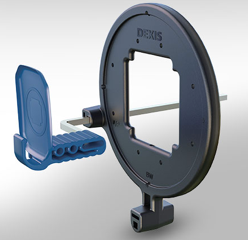If you have had a new patient exam at Thousand Oaks Family Dentistry, part of your appointment was dedicated to taking pictures of your face, smile and teeth. Depending on where you previously received care, this may have seemed like a strange proposition. However, photography is an increasingly useful tool in the modern dental practice that allows us to better serve our patients.
In it's most simple form, photography gives us a baseline idea of how your teeth look. While x-rays allow us to see cavities, infections and bone levels, nothing short of a traditional photograph can clue us into the cosmetic history of your teeth. If, God forbid, you were in an accident that damaged your anterior teeth, these images would help us recreate your smile most accurately. Additionally, photos help us track changes over time. Acid erosion, staining and orthodontic movement are all best recorded using traditional photography.
In addition to creating a cosmetic record, photographs can help us in billing your insurance. Many times, insurance companies will not cover certain treatments unless they were used to treat tooth decay. This becomes a problem on the chewing surfaces of teeth, where decay is usually visible to the naked eye but poorly imaged on x-rays. By the time decay on these surfaces is visible on an x-ray, the cavity usually extends almost entirely to the tooth nerve. In contrast, photographs allow us to document decay early and reduce the number of hiccups between you and your insurance provider.
In total, photography is not a replacement for standard x-rays. However, they are a safe, quick and reliable supplement that helps us better serve our patients. If you have any more questions about dental photography, our exams or any other service offered at Thousand Oaks Family Dentistry, please give us a call. We are always here to serve any and all of your dental needs!








